Gazing at the stars used to be a pastime reserved for the most romantic individuals, but now it has become a trendy vacation activity. Astrotourism enthusiasts join interest groups or embark on solo adventures, using special applications and sharing photos on social media. Here, we reveal the top destinations in Russia where you can witness the breathtaking beauty of the night sky.
Coast of the Black Sea
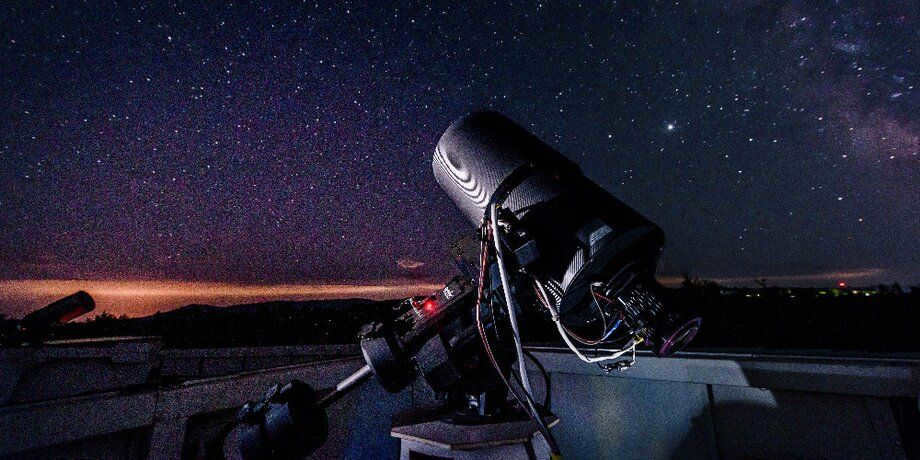
Photo: Moscow Mayor and Government Portal/Evgeny Samarin
If you are looking to spot the Milky Way in Russia, it is best to avoid cities like Sochi, where artificial illumination is present 24/7. Instead, head to the resort area of Vardane, located 30 kilometers southeast of Lazarevsky. Here, the night sky offers a breathtaking view of the Milky Way, which is enhanced by the presence of small fireflies that light up the sky.
In addition to its stunning night sky, Vardane offers a range of amenities including hotels, restaurants, and a well-equipped beach, making it an ideal destination for stargazers and nature lovers.
How to reach the destination: by taking a flight to Sochi, which costs around 6,900 rubles for a direct round-trip journey. From there, you can continue your journey by boarding the “Lastochka” train to Vardane, which will take approximately 40-50 minutes. The ticket price for this train ride is around 90 rubles for a one-way trip.
Chuyskaya Steppe in the Altai Republic
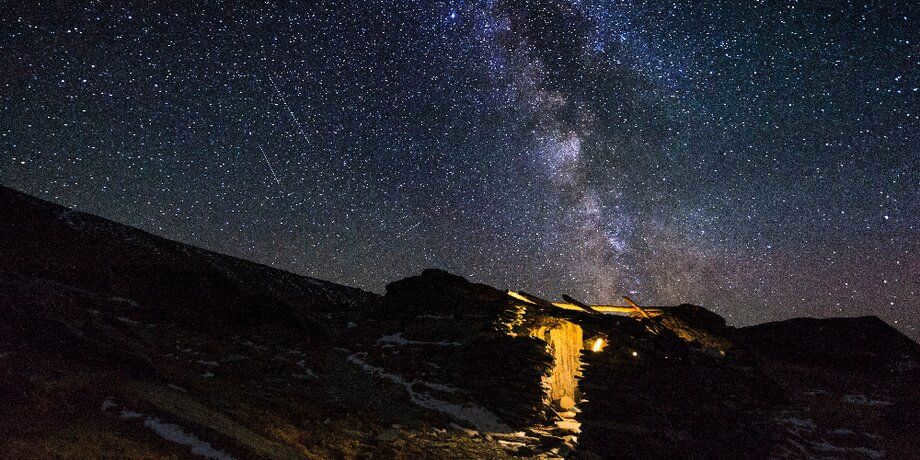
In Altai, the stars are most visible from the summit of Mount Belukha. However, not everyone has the ability to climb to the top, so another option is to visit the steppe – the experience will still be impressive. The steppe is a vast plain that stretches for about 70 kilometers, surrounded by beautiful mountain ranges, and there is no access to electricity. The night sky in this area is exceptionally bright and awe-inspiring.
To reach this destination, you can take a flight to Gorno-Altaisk, with round-trip tickets starting at 11,600 rubles. From there, you can continue your journey by renting a car or taking a bus along the Chuisky Tract. The bus ride takes approximately 7 hours and 40 minutes, with one-way tickets available from 800 rubles. It’s important to note that buses do not operate every day, so plan accordingly.
The Baikal Lake
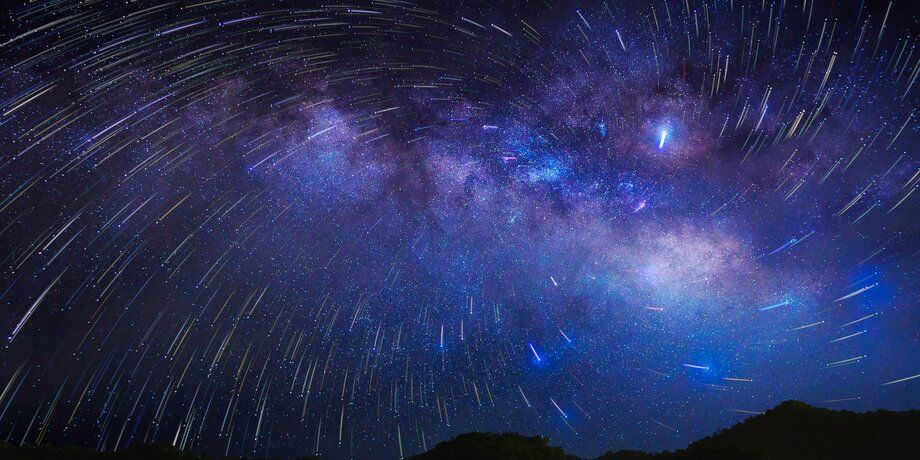
Despite the considerable number of tourists visiting Baikal throughout the year, stargazing remains undisturbed. The absence of excessive illumination is due to the lack of major cities in close proximity, and the majority of travelers only rely on smartphones and flashlights. However, on Olkhon Island, there are regular astronomy lectures that provide an intriguing and breathtaking experience during stargazing sessions. Additionally, the Irkutsk planetarium offers specialized observation routes, both with and without a guide.
How to reach the destination: a flight to Irkutsk starts from 6,700 rubles excluding round trips. The further journey varies depending on the season. During winter, the first step is to travel from Irkutsk to the ferry (approximately 600 kilometers, 6 hours by bus, and around 1,700 rubles for a one-way ticket). After that, you can take a khivus to Olkhon (about 40-50 minutes, 500 rubles per seat, and separate charges for suitcase transportation).
In the summer, things are more convenient as you can find combined bus and ferry tickets.
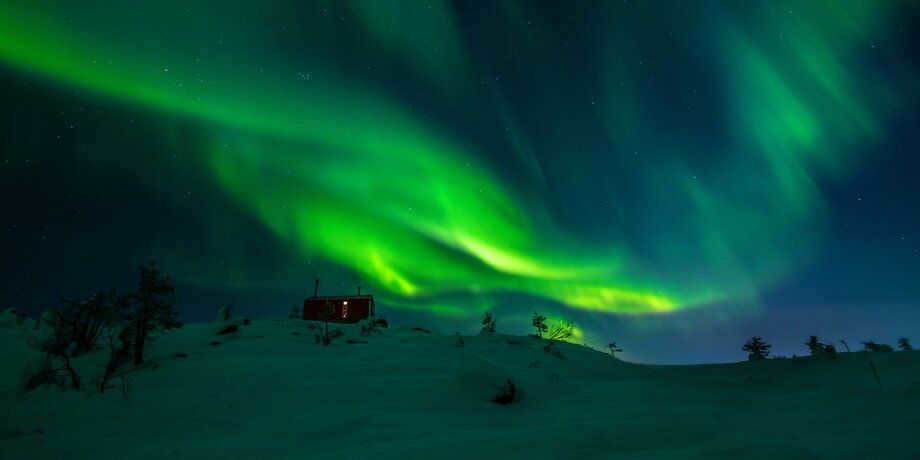
During the summer months on the Kola Peninsula, the only celestial sight you can witness is the breathtaking Milky Way. However, from September to April, there is an array of captivating visual spectacles, including meteor showers and the mesmerizing northern lights. To fully experience these natural wonders, it is advisable to venture far away from urban areas, such as Teriberka.
It is commonly believed that the northern lights can be observed approximately every three days, making it ideal to plan your trip during this time. However, it is important to note that nature does not provide any guarantees.
To reach Teriberka, the recommended route is to take a flight to Murmansk (with prices starting from 6,600 rubles for a direct round-trip flight) and then catch bus number 241 to Teriberka. The bus journey takes around 4 hours and tickets can be purchased for approximately 600 rubles for a one-way trip. It is advisable to also purchase a return ticket in advance.
Tips for an unforgettable astro-travel experience:
- Escape the city lights. While it is theoretically possible to see the stars in a bustling urban area, the bright illumination will diminish the awe-inspiring experience and hinder your ability to fully appreciate the celestial wonders. To truly immerse yourself in the beauty of the night sky, venture outside of the megacities. By doing so, you increase your chances of not only spotting stars but also constellations and even the neighboring Andromeda Galaxy.
- Timing is key. For those who are adventurous, tracking meteor showers and other fascinating celestial events can add an extra thrill to your astro-travel. However, the most crucial factor is clear weather. Additionally, it is advisable to avoid planning your trip during a full moon, as the bright reflection of its light can create a similar effect to the urban electric lighting. Consequently, the stars may not be as vividly visible as you would hope. Nevertheless, if your main objective is to observe the moon, there is no better time to do so.
- Download applications. Naturally, you can familiarize yourself with all the constellations in advance, but it may be challenging for an inexperienced observer to distinguish them in the night sky. For instance, the Star Walk 2 application can assist you in getting your bearings: simply point your smartphone towards the sky, and the celestial bodies within your line of sight will materialize on the screen. Sky Portal also offers a similar feature.
- Acquire a tripod. Modern smartphones, when adjusted correctly, can capture decent pictures of the starry sky. Night mode photographs are taken with an extended exposure time, necessitating a steady camera hold for several seconds. This is precisely why a tripod is indispensable.
Statistics show that the number of individuals around the globe who have never had the opportunity to witness the beauty of the Milky Way or experience a truly dark sky is on the rise. This unfortunate phenomenon can be attributed to the prevalence of “light pollution” or artificial illumination, which continues to proliferate. Even in urban areas, one cannot gaze upon the stars, even with the aid of a high-quality telescope under clear skies. As a response to this ongoing issue, astrotourism has been gaining significant traction in recent times. We have curated an array of captivating tours within Russia that cater to both novice stargazers and seasoned amateur astronomers. Although the accommodations may be modest, the breathtaking photographs captured during these excursions are guaranteed to garner an unprecedented number of likes.
Arkhyz in Karachay-Cherkessia.
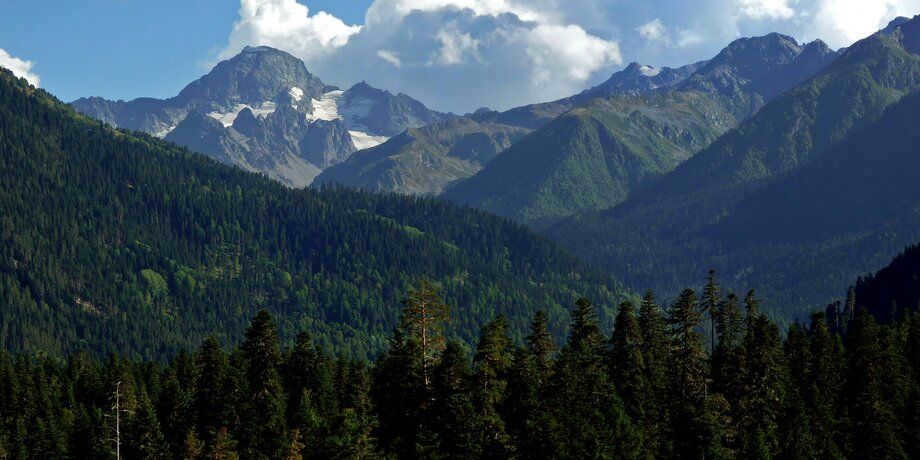
The night sky in the vicinity of Arkhyz is renowned for its exceptional darkness, making it an optimal location for stargazing and admiring the splendor of the Milky Way. Situated nearby is Russia’s largest observatory, along with the largest optical telescope in Eurasia, boasting a monolithic main mirror measuring six meters in diameter. Positioned at an elevation of 2,047 meters above sea level, the observatory offers monthly visits during the days surrounding the new moon phase.
The expedition’s week-long schedule is packed with various activities, including evening stargazing sessions using the naked eye, binoculars, and telescopes. Additionally, participants will attend lectures on the fundamentals of astronomy, visit the BTA and RATAN-600 telescopes, explore the archaeological museum-reserve of the Alanian Empire, and have the opportunity to observe the Sun and Moon through a telescope during the day. The program also includes master classes in stargazing and astrophotography.
The daily routine will be perfect for night owls, as participants can sleep in and leave before dawn. Accommodation will be provided at the North Caucasus Astronomical Station of Kazan University, situated at an elevation of 2,000 meters above sea level. The station offers modern amenities such as Wi-Fi and a well-equipped kitchen.
Duration: one week
Price: 20,000 rubles. This includes the help of guides, accommodation, transportation to and from the airport or train station, three meals a day, stargazing with the naked eye and telescope, workshops, lectures, and sightseeing tours.
The upcoming dates are: July 13-19, August 5-11, and August 24-30.
For further details, click here
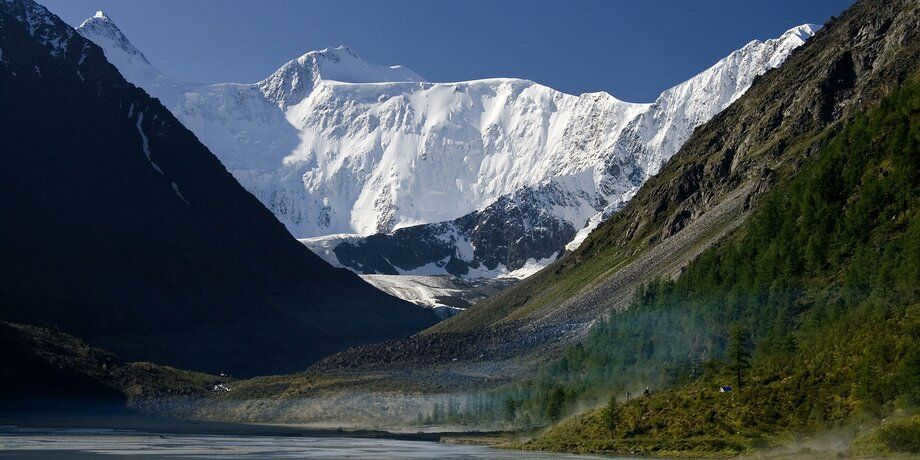
This tour focuses more on exploring “places of power” rather than studying the starry sky, specifically the sacred valley of Yarlu and the Mountain Spirits lake. The organizers offer a challenging trekking route (covering distances of up to 20 kilometers per day) near Mount Belukha, with opportunities for rafting and evening campfires.
In addition, there are astronomy lectures and stargazing sessions without any equipment as a bonus to the trek. The group primarily stays in tents in the Tyungur settlement, with three meals provided daily. Vegetarian menu options can be chosen in advance. A portion of the proceeds from the trip goes towards the annual cleaning of Belukha’s surroundings and maintaining the natural balance.
Duration: 13 days (including the journey to Altai and return)
Standard cost: 41,800 rubles, everything is covered, including rental of camping equipment, except for airfare and medical insurance.
Next available trips: June 23 – July 5, July 7-19.
For additional details, please click here.
Crimea
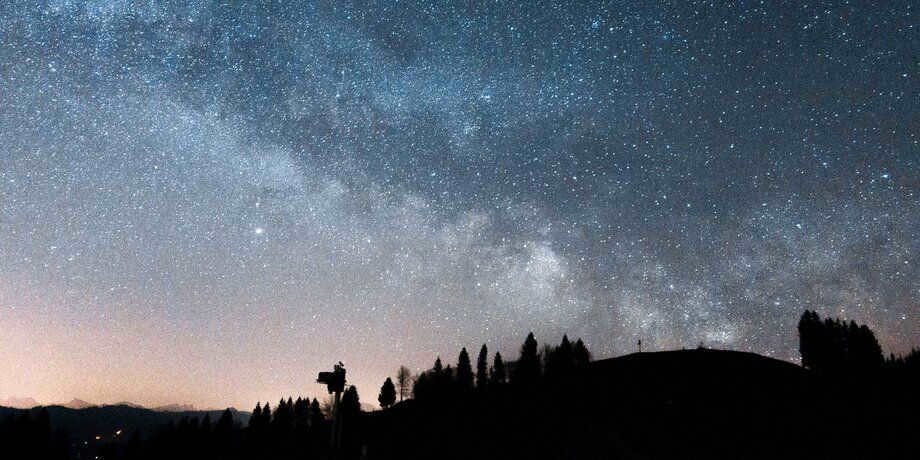
Experience a unique astrotourism adventure on the Black Sea, where you can combine stargazing with a relaxing beach vacation. Our accommodation offers separate double wooden houses with modern amenities such as a shower and toilet. Located on the western coast of the Crimean Peninsula, specifically Cape Tarkhankut, you’ll be just 50 meters away from the sea. The absence of major population centers in the area ensures a beautifully dark sky, perfect for observing the wonders of the universe. Lay back on the sandy beach and marvel at the beauty above. Our chosen dates in August are ideal for witnessing the brilliance of the Milky Way, as well as the visibility of Saturn and Jupiter.
The program offers a variety of activities including expert-led workshops on stargazing and astrophotography, a series of captivating lectures on the enigmatic aspects of the cosmos, the chance to observe Saturn’s majestic rings, the craters on the Moon, and the captivating clouds on Jupiter. Additionally, participants will have the opportunity to explore star clusters, nebulae, and galaxies through telescopes. To top it off, a delightful boat trip is also included.
Duration: one week
Cost: starting from 23,500 rubles, covering all expenses except for airfare or train tickets.
Upcoming sessions: August 19-25
For more information, click here.
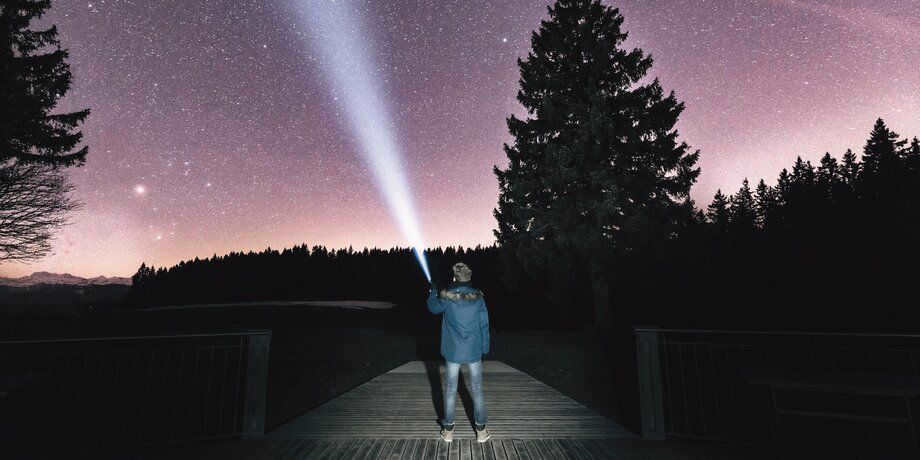
The autumn season offers the perfect opportunity to witness a captivating natural spectacle known as the aurora borealis. With relatively mild temperatures (averaging around +4C), the northern lights are at their brightest during the middle of September.
This tour not only provides educational activities, including astronomical lectures and stargazing training, but also daily walks along the picturesque ocean shore. Participants will have the chance to stay in a comfortable hotel located in the charming village of Teriberka in the Murmansk region.
Duration: one week
The cost of the trip per person is 30,000 rubles, with discounts available for couples or families travelling together. The price includes transportation to and from the station or airport, accommodation, and daily hotel breakfasts.
Upcoming trips: September 22-29, September 29 – October 6.
For more information, click here.
Get the latest updates on star news, discover recipes from top chefs in the capital, and stay up to date with the latest trends – all on “Zen”.
With BCOP, we bring you information on the Northern Lights, Venus, and the Andromeda constellation, and show you what space phenomena and objects you can observe with your own eyes from Russia.
Experience the Meteor Stream
This year, Russia will experience approximately ten meteor showers. The most prominent one is the Perseids, which occurs during the summer. To witness this celestial event, there is no need to pinpoint a specific location as the falling cosmic particles will be visible across the entire sky. The optimal time to observe the Perseids is closer to dawn when the Moon’s illumination is minimal. Another captivating meteor shower, the Lyrids, can be enjoyed in mid-April. It derives its name from the Lyra constellation, which is where it can be observed. The Lyrids are known for their sporadic bursts, sometimes producing up to one hundred meteors per hour. However, predicting such activity is nearly impossible.
Places to visit: Astrakhan, Volga Delta, Lena Pillars, Krasnoyarsk Pillars.
When to go: Perseids – August 11-13, Lyrids – April 16-25.
Milky Way
This misty glow composed of a billion stars was known as the “milky circle” by the ancient Greeks. The Milky Way is our very own galaxy, with the solar system situated on the outskirts. This positioning helps protect the Earth from harmful cosmic radiation. The most brilliant section of the Milky Way, where the constellations of Sagittarius and Scorpius can be found, is most visible from the northern hemisphere of the Earth. They can be observed during the summer months around midnight. It is crucial to visit during the new moon phase, when the sky is at its darkest and the Moon does not overshadow the stars. Otherwise, the Milky Way is nearly undetectable.
Where to visit: The village of Arkhyz – renowned for having the darkest sky in Russia. It’s no coincidence that there is an observatory boasting the largest optical telescope in Eurasia.
When to visit: June 10th, July 10th, August 8th.
Aurora Borealis
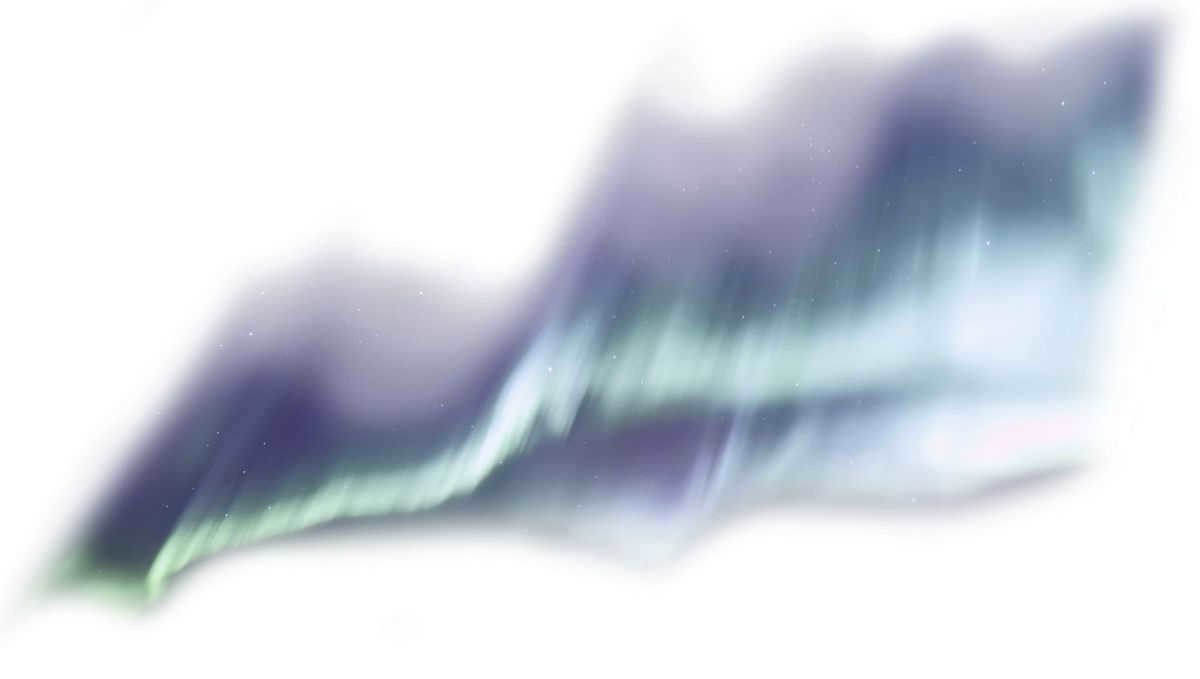
Or polar: you can witness it near the magnetic poles of the planet. In ancient times, it was believed to be the reflections of the weapons of the Valkyries or sparks from the brushes of fox tails. Charged particles from sunlight intersect with the Earth’s magnetic field, creating a beautiful glow in the sky. The color of the aurora depends on the dominant atoms in the atmosphere: nitrogen produces blue and lilac hues, oxygen creates green shades, and at an altitude of 300 km, you can see the rare red color.
Where to visit: Murmansk, Arkhangelsk, Vorkuta, Naryan-Mar, Norilsk, Yakutsk, the settlement of Teriberka, and the village of Lovozero, as well as other locations above 67-70 degrees north latitude.
When to go: From November to February, when even the faintest glow can be seen against a dark sky. The most important requirement is that the weather should be clear.
Lunar eclipses
Lunar eclipses occur when the Earth’s shadow blocks the Sun’s light, causing the Moon to darken. This phenomenon can only happen during a full moon and when the Moon is in the Earth’s shadow. Lunar eclipses can be partial, when only a portion of the Moon is covered by the Earth’s shadow, or total, when the Moon is completely covered. They are a fascinating celestial event that can be observed from various parts of the world. During a lunar eclipse, the Moon may appear red or orange, giving it a unique and eerie glow. Many cultures throughout history have attached different meanings and beliefs to lunar eclipses, making them a significant event in human culture and mythology.
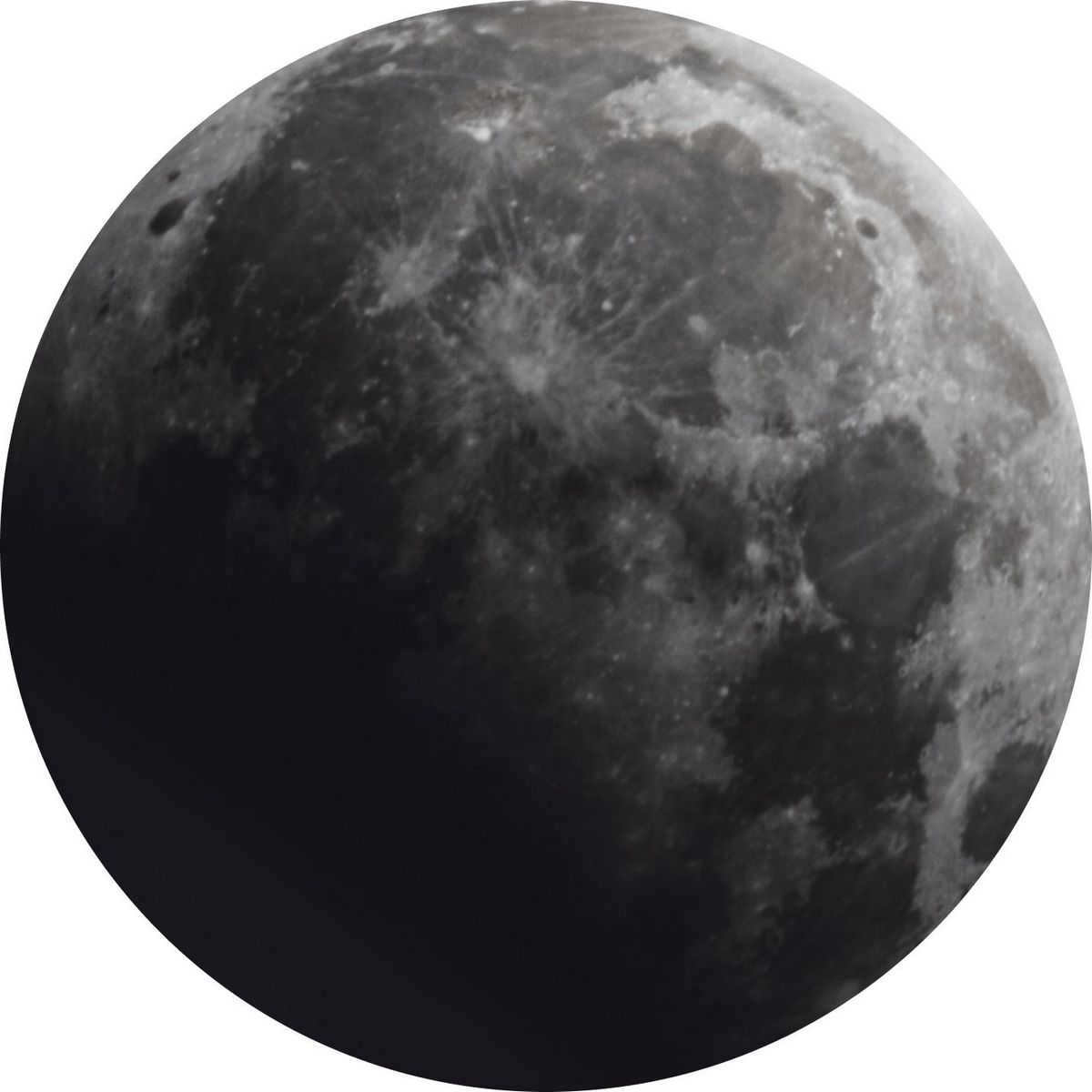
It is possible to witness a lunar eclipse two to three times a year on average. The Moon aligns with the Earth and the Sun, falling within the area where our planet’s shadow is cast. This celestial event was predicted even in ancient times, with lunar eclipses often being seen as a negative omen. It is believed that Stonehenge was constructed for the purpose of observing the Moon. During an eclipse, the Moon takes on a purple hue due to the sun’s rays skimming across the Earth’s atmosphere and reflecting onto the lunar surface. In Russia, the eastern part of the country will offer the best viewing locations for this year’s eclipse. A total eclipse will occur in late spring, while a partial eclipse will be visible in the autumn.
Destination: Chukotka, Kamchatka, Khabarovsk, and Primorye.
Timeframe: May 26 and Nov. 19.
Solar eclipse
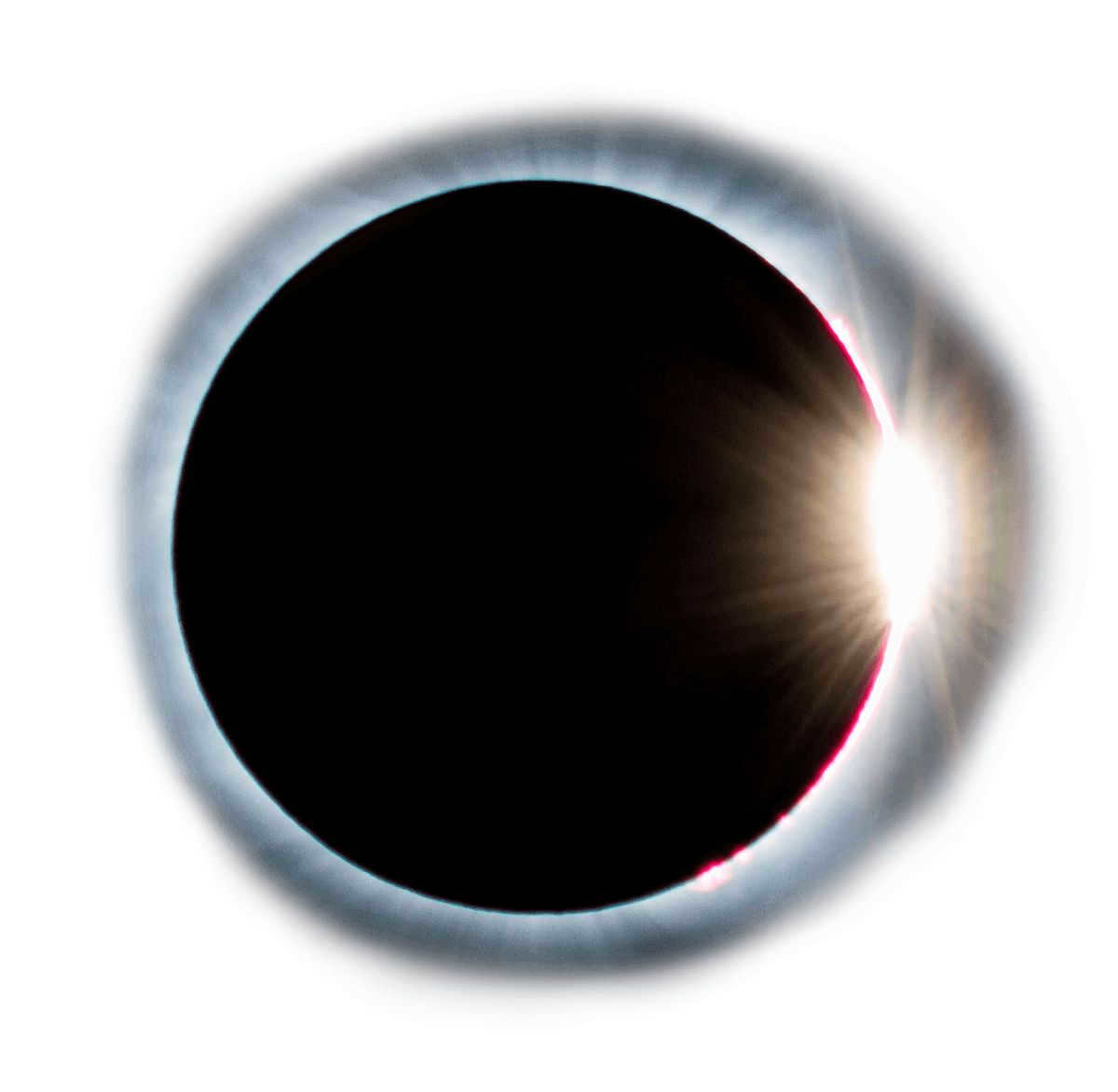
In Russia, a solar eclipse occurs only once every 50 years (compared to 14 times in 100 years worldwide). Fortunately, 2021 is a special year for us! We will have the opportunity to witness a total eclipse for 3-3.5 minutes in the eastern part of the country, and a partial eclipse in all regions except the south. This eclipse will be annular, meaning the outline of the Sun will still be visible from behind the Moon’s shadow and the sky will not darken. This unique effect is caused by the Moon being further away from the Earth during this time, resulting in a smaller shadow that doesn’t completely cover the Sun.
Recommended locations: Chokurdakh, Belaya Gora, Srednekolymsk, Zyryanka.
The Andromeda Constellation
Presented here is the Andromeda Nebula, our neighboring galaxy, which is home to approximately 300 billion stars. In optimal weather conditions, it can be observed with the naked eye. Spanning an area of celestial space seven times larger than the Moon, the Andromeda Nebula requires binoculars to see its intricate details. The Persian astronomer Abdurrahman al-Sufi was the first to notice and document this celestial phenomenon in 946. Modern scientists have determined that our galaxy is currently moving towards the Andromeda galaxy at a speed of 100-140 km/sec. The anticipated encounter with our neighbor is projected to take place in approximately 3-4 billion years, resulting in a merger. It is highly likely that this event will not result in the destruction of the Sun and planets, although the future remains uncertain.
Recommended Destinations: Pulkovo Observatory, Kaluga Observatory.
When: From late September to November.
Venus
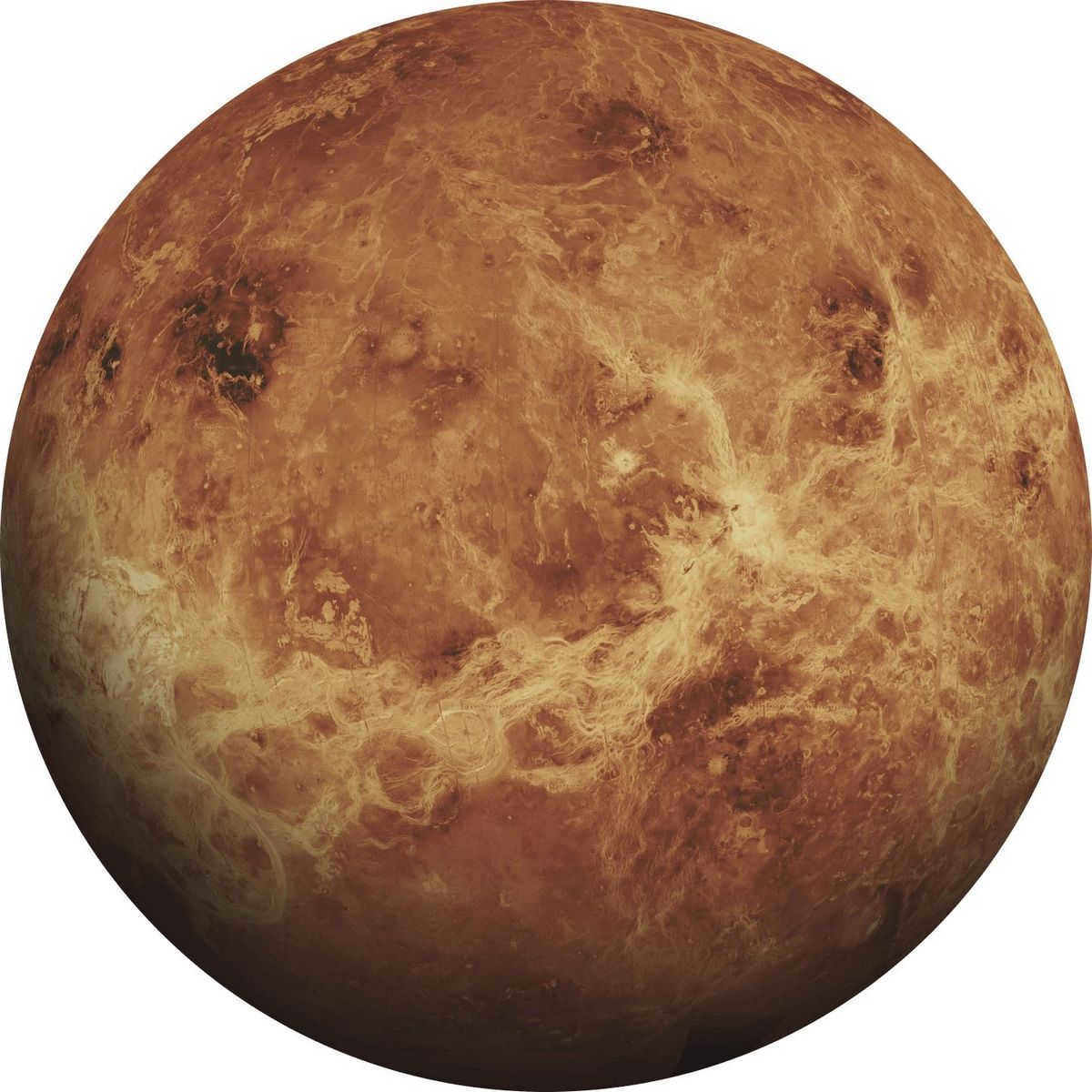
Ever since the days of Babylon and the ancient Mayan civilizations, the planet closest to us has captivated the attention of mankind. With its striking resemblance to Earth, Venus shares a similar size, albeit slightly smaller by 650 km, and lighter by 81.5%. However, its temperature is significantly higher, reaching a point where zinc and lead easily melt (461 °C). Venus boasts an atmosphere composed almost entirely (96.5%) of carbon dioxide, and its surface is shrouded in clouds of sulfuric acid, making it an inhospitable environment for Earthlings. Notably, Venus is the sole planet in our solar system that rotates in a clockwise direction, and its day spans a staggering 5832 Earth hours. Illuminating the sky, Venus shines brighter than any stars, making it easily visible to the naked eye.
The planet Saturn
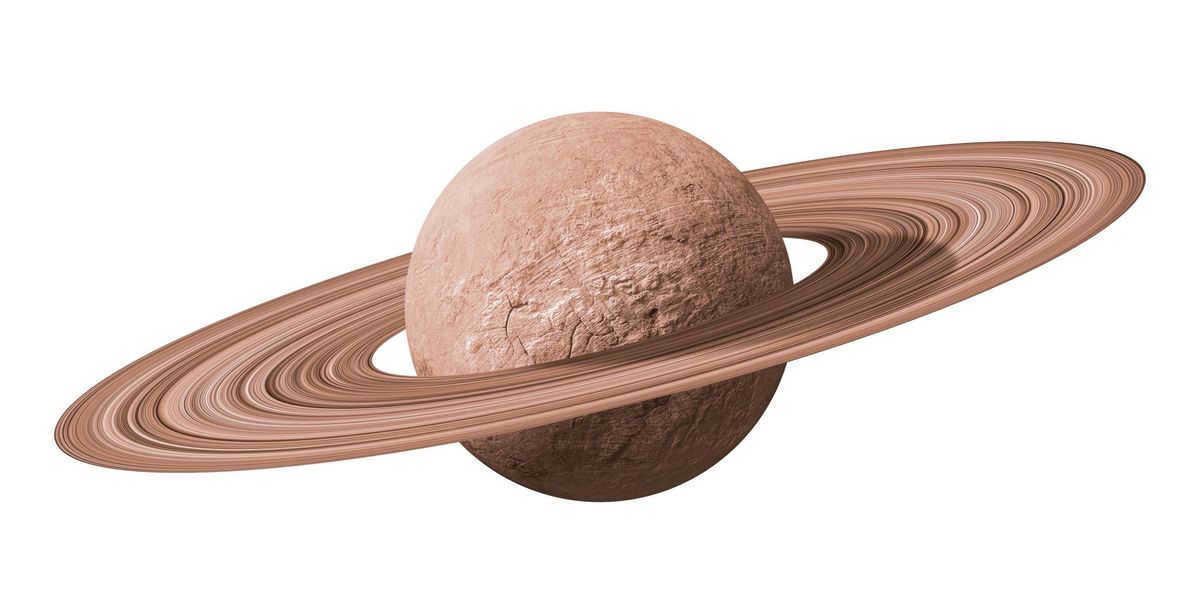
Saturn can be easily observed with the naked eye once every 378 days, during its opposition periods when it is closest to Earth and well illuminated by the Sun. Images captured by the Voyager spacecraft reveal the presence of numerous rings encircling Saturn, with some of them intertwining and forming loops. This fascinating planet experiences its own seasons and is prone to storms. Particularly intriguing is the mysterious vortex located at Saturn’s north pole, which takes the shape of a geometric hexagon. Scientists have yet to determine the cause of this phenomenon. However, they have confirmed the presence of water on one of Saturn’s 62 satellites, Enceladus. This discovery has led some scientists to believe that the likelihood of finding life on this celestial body is highly probable.
Recommended Destinations: Elbrus, Arkhyz.
BCOP and the exploration of outer space

PSB is actively involved in the advancement of the space sector, consistently fostering collaboration with the Roscosmos State Corporation. The Bank has established credit and guarantee limits exceeding RUB 250 billion for Roscosmos enterprises. In conjunction with the partnership with Roscosmos, PSB will provide payroll cards to over 70 thousand employees working for the corporation, meaning that one out of every three employees in the rocket and space industry will become a client of the bank.
By December 2020, PSB had acquired full ownership of Roscosmosbank. The integration process of these credit institutions is expected to conclude in May 2021. Consequently, PSB will assume the role of the primary banking partner for the rocket and space industry.
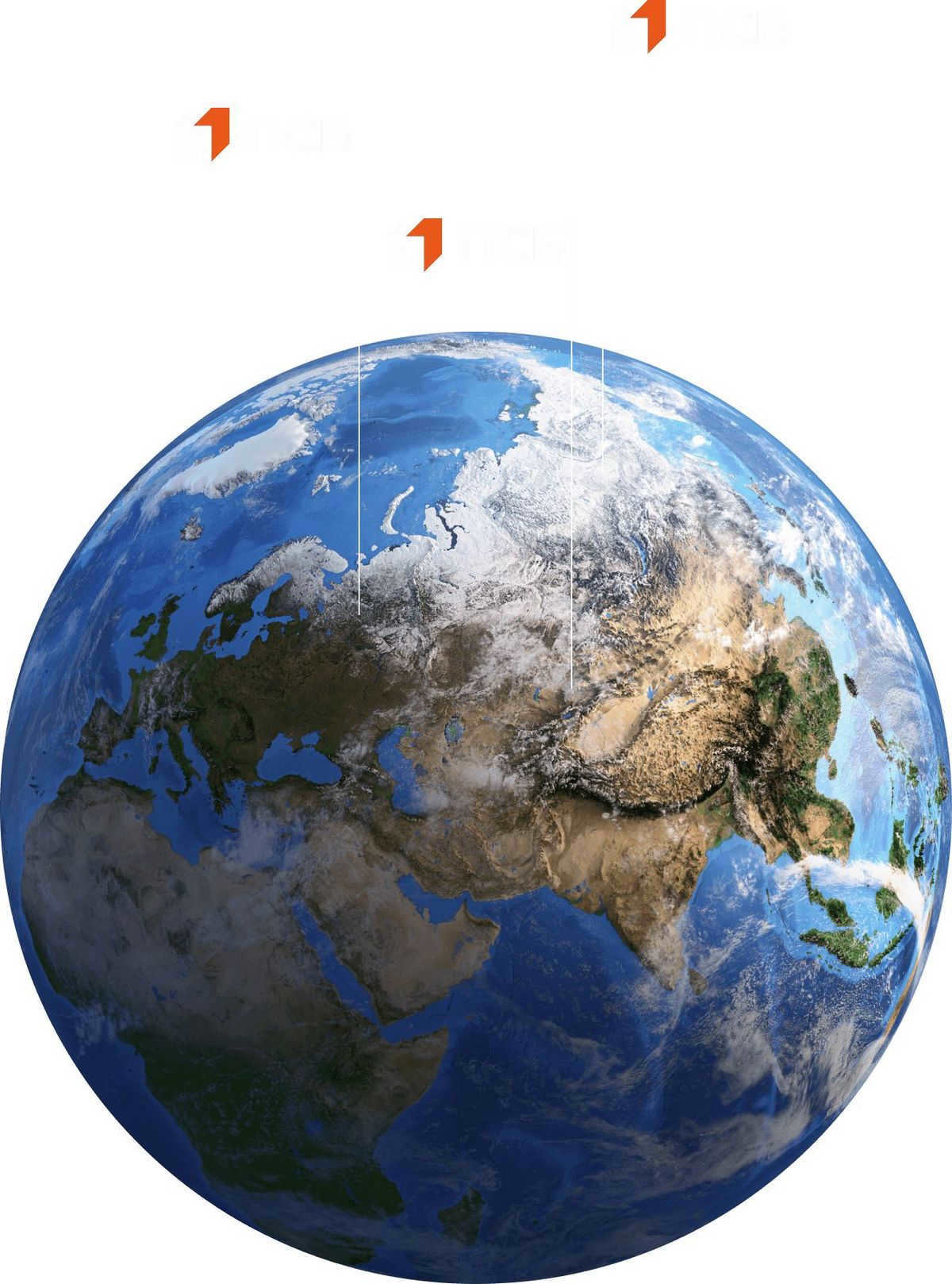
Astrotourists can avail the facilities of PSB in every nook and corner of Russia, and beyond. PSB boasts a wide array of branches spanning the entire expanse of the nation – PSB outlets can be conveniently found in close proximity to the prime stargazing spots in Russia. The bank’s branches are situated in the towns of Mirny and Plesetsk, adjacent to the esteemed Plesetsk Cosmodrome, one of the most significant spaceports in the country, and even in the vicinity of the colossal Baikonur Cosmodrome in Kazakhstan, the largest of its kind worldwide.
Services for Space

Lifehacks for Astro-tourists
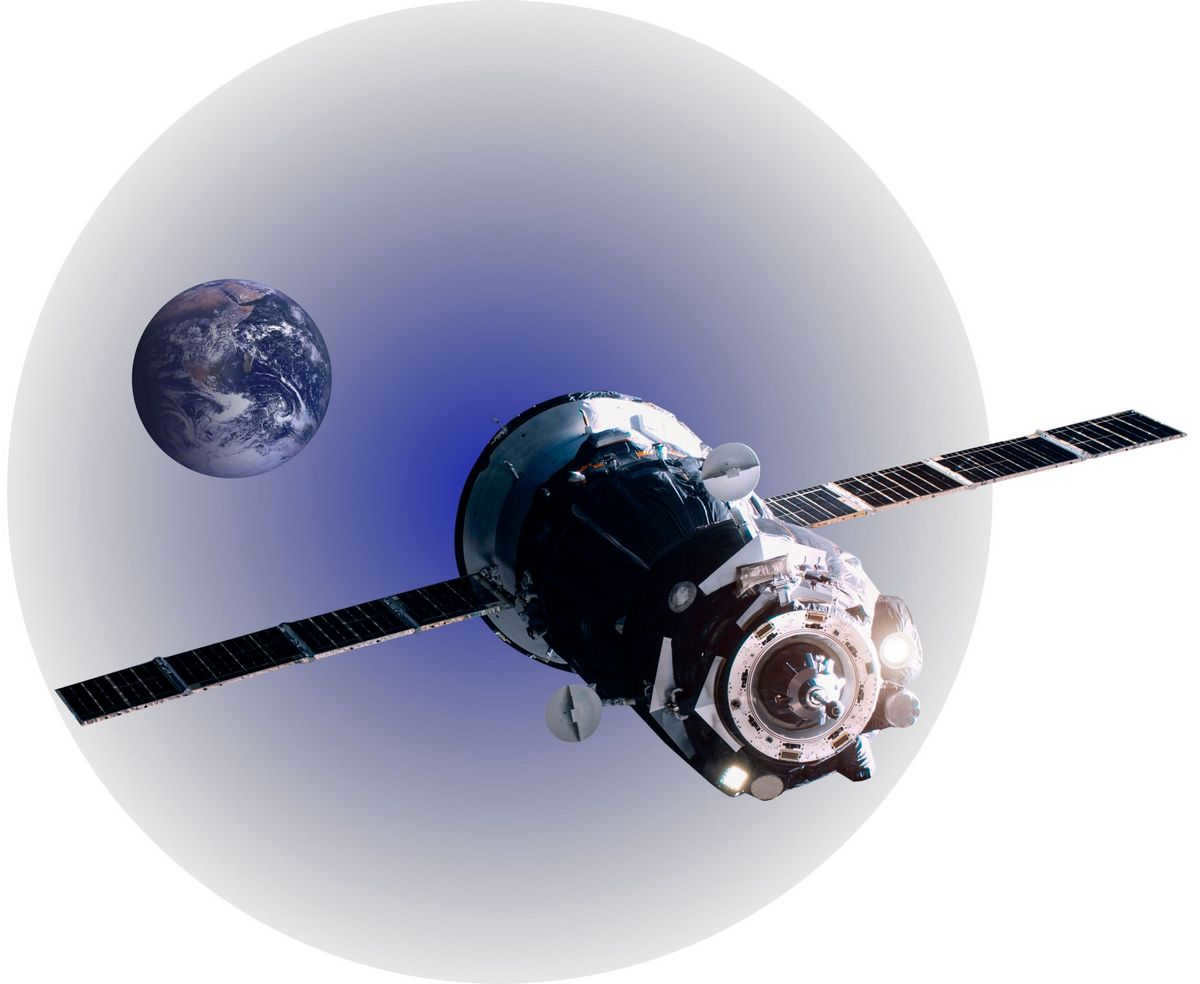
How can we observe the Milky Way? How can we locate the Milky Way? To witness the galaxy firsthand, all one needs to do is find a location with minimal light pollution, such as a remote area without any artificial lighting or electronic devices. By following this approach, it becomes possible to spot the Milky Way in the night sky.
Optimal conditions for Milky Way visibility
The galaxy that serves as our home is known as the Milky Way. Many people are curious about where and when they can catch a glimpse of the Milky Way in Russia during their lifetime. However, it is important to note that the Milky Way is not always visible and its visibility varies depending on certain factors. Here are some guidelines to keep in mind when attempting to view the Milky Way:
- During April and May, the Milky Way may be difficult to see, especially for those residing in the northern regions. In this case, it may only be visible if one gazes towards the horizon with great care.
- The best time to witness the Milky Way is during August and September. Direct your gaze towards the constellations of Sagittarius or Swan, where you can observe the Milky Way in Russia during the summer and early autumn.
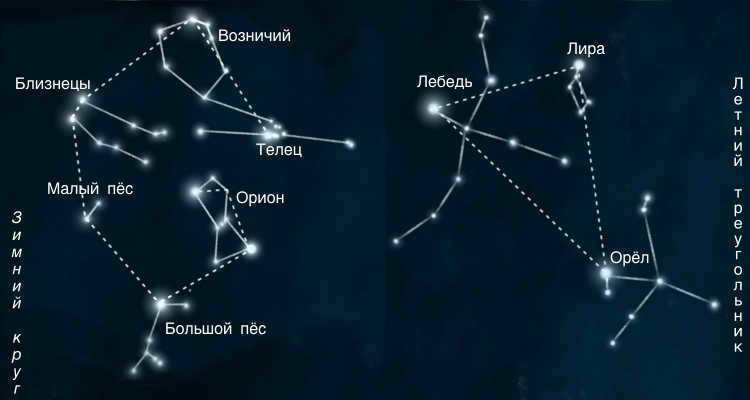
Residents of Russia don’t have much luck when it comes to observing the Milky Way. During the winter and spring months, the night sky is not conducive to seeing the galaxy, and in the summer, the short nights and excessive light pollution make it difficult to see the beautiful celestial phenomenon. However, despite these challenges, it is still possible to catch a glimpse of the Milky Way with the naked eye in Russia.
Searching for the Milky Way
We have already discussed where one can observe the Milky Way from the ground. Now, let’s explore how to locate the Milky Way in the night sky. To accomplish this, one must venture into remote areas such as mountains or steppes, far away from any sources of artificial light pollution, preferably around 100 kilometers away from densely populated regions. As an astute reader may already know, cities, which are home to the majority of the global population, emit significant amounts of light pollution that obscures the visibility of the Milky Way. While this phenomenon can create a captivating man-made spectacle in the sky, it unfortunately hinders the ability to admire the natural beauty of the Milky Way.
To witness the breathtaking view of the Milky Way, one must venture into the vast wilderness, far from the bustling cities and towns, for a distance of 100 kilometers. In this secluded location, the celestial spectacle is unveiled to all who seek its beauty. However, a moonless night is a prerequisite for optimal viewing. Although the Moon may appear dimly illuminated, even the faintest glow can overshadow the captivating sight of the Milky Way, comparable to the modest radiance emitted by a solitary automobile headlight.
If you venture hundreds of kilometers away from urban areas on a moonless September evening, in order to arrive at a location where you can observe the Milky Way, you will also have the opportunity to witness several dim nebulae. Among these celestial formations, the Andromeda Nebula holds the distinction of being the nearest galaxy to our own, and can even be observed without the aid of a telescope.
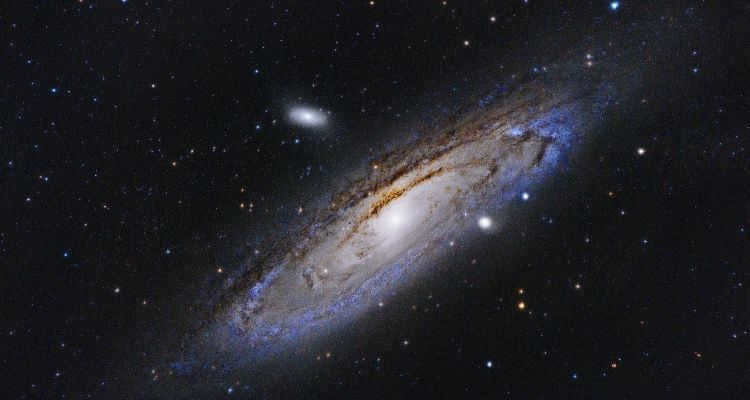
The term “galaxy” is derived from the word “milk”. According to renowned physicist Michio Kaku:
The Greek word for “milk” is “galaxy”. The ancient Greeks believed that the Milky Way was created when the gods spilled milk into the night sky.
This is a truly enchanting tale.
For astronomy enthusiasts
Astronomy consistently provides opportunities for those who want to marvel at breathtaking views. Among them is the sight of our very own Milky Way galaxy in the night sky. Who knows what mysteries lie among the countless trillions of stars and planets, a number that cannot be adequately expressed in words.
It’s a perfect excuse to venture into nature and appreciate the magnificent scenery.
Stargazing is no longer just a hobby; it has become a distinct form of tourism. In our latest article, we have compiled a list of the top astrotourism destinations in Russia. So, if your summer plans include stargazing, we recommend finding out the best places to do so 🙂
- Don’t forget to bring warm clothing, even if you’re stargazing on the Black Sea coast.
- If you’re looking to capture stunning photos of the starry sky for your social media, make sure to bring along a high-quality camera.
- Install a star map app on your smartphone to help you navigate the night sky.
- Invite your friends to join you, as stargazing is even more enjoyable in good company. Someone can point out the Milky Way, someone can spot both Ursa Major and Ursa Minor, and someone might even catch a glimpse of Sirius.
Now, let’s talk about the best locations. We’ve curated a list of 5 destinations where you can experience the awe-inspiring beauty of the starry sky in all its glory.
If you find yourself in the Caucasus, make sure to witness the breathtaking beauty of the night sky in Arkhyz. This region boasts the darkest sky in all of Europe and is home to the renowned astrophysical observatory of the Russian Academy of Sciences. Interestingly, you can even take a guided tour of the observatory during the daytime.
Another incredible spot for stargazing is the Bermamyt plateau. We personally enjoy setting up tents there during the Peresudy meteor shower – an experience that is truly indescribable.
Altai Republic
If you’re up for observing the scattered constellations in the Chui steppe, you won’t need much preparation. However, if you have your sights set on conquering Mount Belukha, you’ll need to be well-prepared. As the highest peak in Siberia, this mountain demands endurance for the long hikes, but the breathtaking views are worth it, whether it’s day or night.





